| |
Summary of findings from the analysis of chemical incidents in waste management facilities
The French Bureau for Industrial Risks (BARPI) in their 2016 report, “Overview of accident statistics on waste management facilities” stated that “the waste sector currently ranks as the 3rd most accident-prone industry.” The EU generated a total of 2,135 million tonnes of waste in 2020, with 4.4% of that classified as hazardous waste (Source: Eurostat). As the EU transitions to a circular economy, the need to meet hazardous waste treatment goals is expected to increase. Coupled with the introduction of new types of waste associated with emerging technologies, such as the end-of-life batteries from electric vehicles, waste treatment facilities may be exposed to new chemical risks.
The Major Accident Hazards Bureau (MAHB) of the European Commission’s Joint Research Centre conducted a study on 85 chemical events in waste management facilities over the period 1989 – 2022, particularly associated with the treatment of hazardous waste. The aim of this study was to identify typical failures, on both technical and organisational level, associated with accidents in these facilities. Although the focus of this study is on recipient waste management facilities, many of the good practices regarding operational procedures and organisational management are also relevant for regulators, waste producers, suppliers and consigners, and indeed some recommendations are directed specifically to these stakeholders.
Classification of waste and operational state
|
The majority of the incidents studied took place in facilities handling strictly hazardous waste (68 cases or 80%), while in ten cases both hazardous and non-hazardous waste were involved. Only seven incidents (8%) were included from facilities that according to their permit were handling non-hazardous waste when it was determined that either
- Hazardous waste was present but was not identified within the handling streams, or
- The substances released due to fires or loss of containment involved hazardous substances
In many cases, it was possible to identify the operational state of the facility and when or where the incident sequence was initiated. As shown in Figure 3, in 71% of the cases (60 cases), the events initiated during the processing and handling of the waste, whether that included treatment, pretreatment, recovery or disposal. In at least half of those cases (33 cases) loading/unloading or transferring operations were underway when the accidents occurred. Hazardous waste under storage was also involved in over a quarter of the cases (28% or 24 cases), with the majority of those (14 cases) involving autoignition as poorly sorted incompatible waste streams were sent to storage.
|
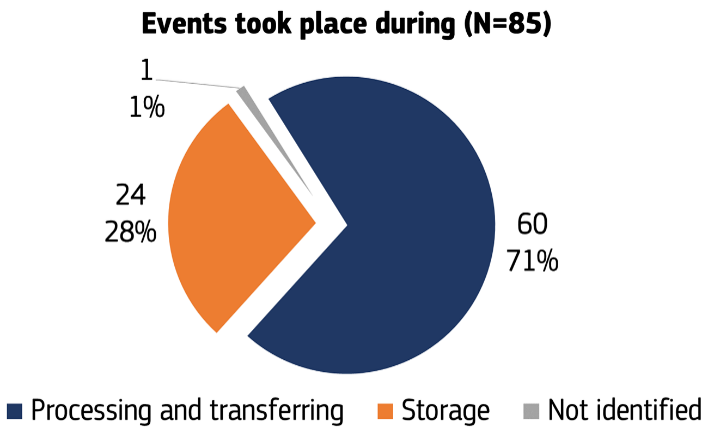
Figure 3. Waste management facility operational state (N=85)
|
Impacts
According to the analysis, the events studied collectively resulted in at least 16 fatalities and more than 300 injuries worldwide since 1989. One of the most catastrophic events occurred in Leverkusen, Germany in 2021 where following an explosion at the Currenta waste incineration plant seven employees died and 32 more were injured with economic damages exceeding 20 million Euros. Offsite impacts were also frequent across the cases studied with over 125 injuries reported and the neighbouring community being alerted to confine indoors and/or evacuate in at least 15 cases. As a case in point, in Apex, North Carolina, U.S., in 2006, more than 17,000 residents were evacuated for at least 36 hours following a fire at the “EQ” hazardous waste treatment facility and more than 100 residents were hospitalised shortly for respiratory disorders. The economic impact of similar events was generally significant although not all cases included economic impact data. Overall, 19 incidents recorded such data, that when calculated together, represent a collective loss of over 77 million euros.
Initiating events
As shown in Figure 4, the JRC study found in most cases (32 cases or 38%) that mixing of incompatible waste led to unforeseen reactions initiating the accident sequence. In these cases, operational and/or organisational failures caused an unforeseen reaction during mixing of waste. The undesired reaction may have resulted from a number of factors, such as misidentification of the hazardous properties of the waste, poor training on the process or how to respond when an unexpected reaction occurs, and possibly also a failure to perform an adequate risk assessment for the process at hand.
|
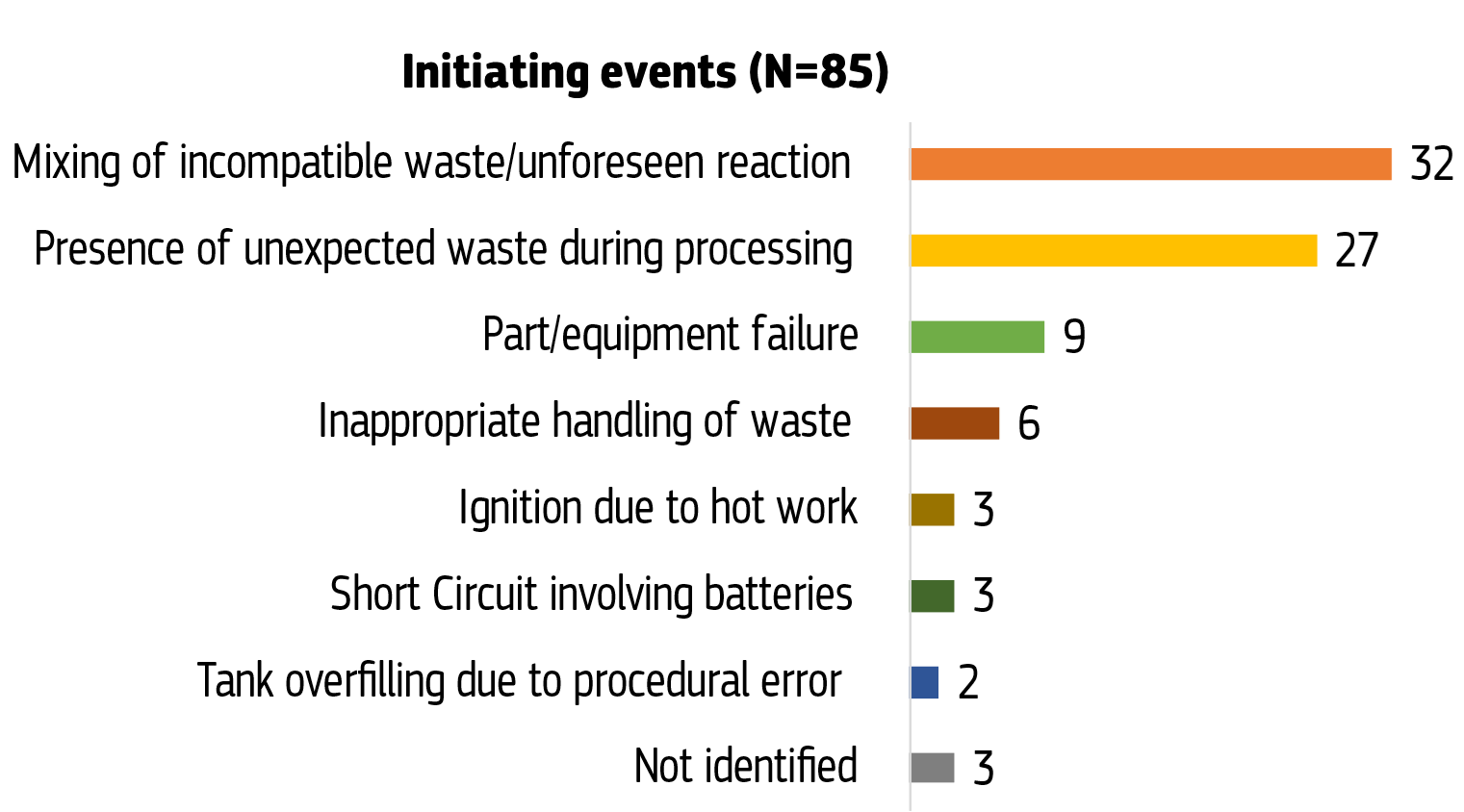
Figure 4. Initiating events (N=85)
|
Almost a third of the cases (27 cases or 32%) indicated the presence of contaminants or particular waste streams that should not be in the process (e.g., aerosols or batteries in a furnace). Operators were not aware of, or did not know to be concerned about, the contamination of the waste stream before processing or storing the waste.
In nine cases (11%) a failure in the process equipment, such as the agitator, granulator, dryer, or scrubber led to loss of process control. In two of these cases, the sealings that ensure the safe hose hookup on vessels during the transfer of waste failed leading to loss of containment. Corrosion affecting the mechanical integrity of vessels and leading to the release of the hazardous waste content was also reported in two cases.
The omission of safe operating and storage requirements, such as temperature control, resulted in fires and/or explosions in six cases (7%). In three cases, ignition of flammable substances took place during hot work operations and in three others, batteries under storage or during processing, short-circuited and ignited.
Underlying causes and aggravating factors
As shown in Figure 5, the study revealed that poor operating procedures were the predominant underlying cause, contributing to 66 cases (77%). Additionally, the accident investigations showed that in many cases operators had failed to analyse properly the processes associated with the treatment and disposal of the hazardous waste streams. It appeared likely that in at least 32 cases (38%) process hazard analysis had failed to identify all hazards including, potential reactions or their full evolution.
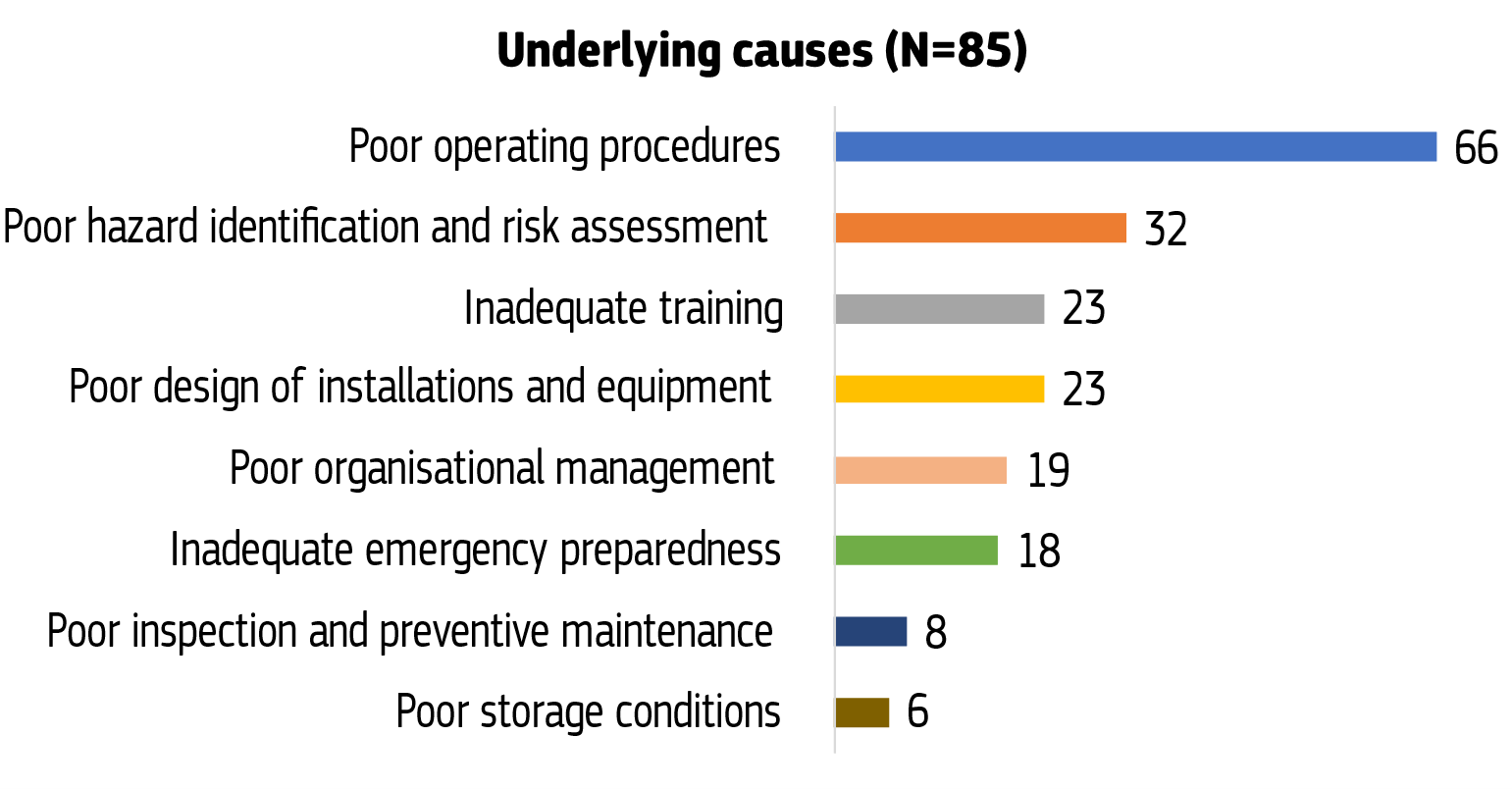
Figure 5. Underlying causes (N=85)
Notably, poor process hazard analysis was interconnected with deficiencies in other underlying causes since hazardous properties were either poorly identified or not identified at all. Poor or missing process hazard analysis (PHA) was also likely related to a number of other incidents, where the study identified:
- Lack of adequate training of employees (23 cases or 27%). In these cases, employees were not trained, or very poorly trained, on identification of hazardous properties and on how to respond during a process upset
- Poor process design, including equipment and installations, which was found to be inadequate for ensuring operation within the safe operating envelope in 23 cases (27%)
- Inadequate emergency preparedness, since accident scenarios selected for emergency drills were either not representative of the identified hazards or hazards were not identified at all during the PHA in at least 18 cases (or 21%)
In almost half of the cases (39 cases or 46%), waste acceptance procedures, including analysis of the incoming waste, inspection and verification, were found to be inadequate or incomplete (see Figure 6). This finding was quite common in cases where operators accepted on-site hazardous waste that did not conform to the consignment documentation.
|
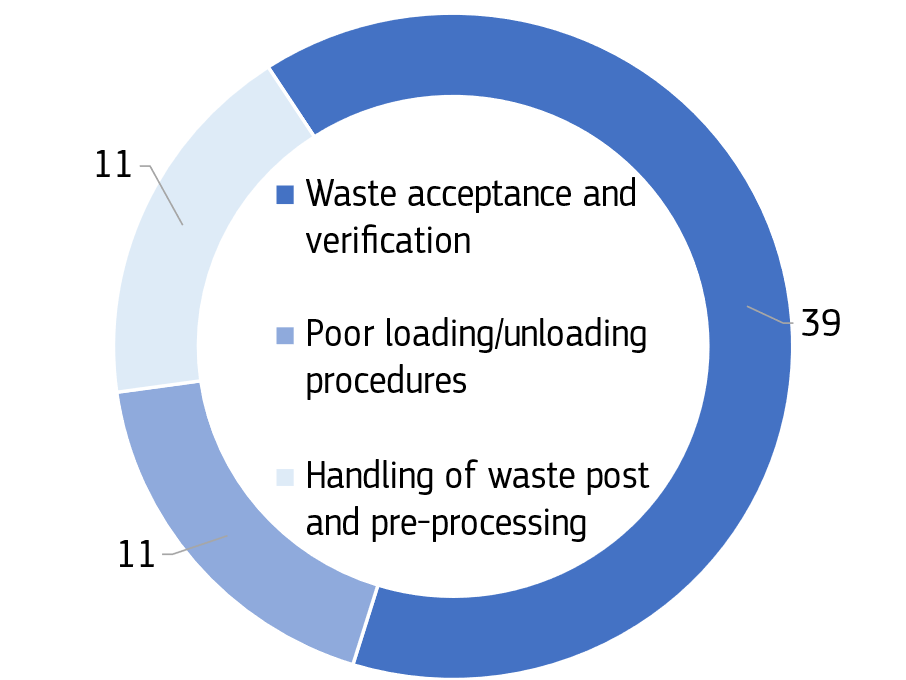
Figure 6. Failures in operating procedures (N=66)
|
|
In many cases, there were poor (or non-existent) pre-acceptance controls, such as inadequate or no visual inspection of consignments, or failure to sample and analyse the content of the waste, etc. prior to acceptance. Failure to screen waste at the entry point also led to poor sorting of the waste into different waste streams as required by the facility’s operation permit, potentially leading to incompatibilities in waste storage and wrong choices in processing the waste.
Moreover, in 11 cases (13%) poor operating procedures were related to loading/unloading operations referring mostly to missing or inadequate written procedures. Handling of waste and associated equipment before and after processing was also found inadequate in 11 cases (13%), where pre-treatment procedures were not followed or waste and associated process equipment was inappropriately handled after treatment, including, for example, poor cleaning of process vessels or poor temporary storage handling post-treatment.
|
| |
|
|
| Deficiencies were also identified in the overall organisational management of hazardous waste facilities for at least 20 cases (24%), as per Figure 7. |
| Deficiencies were also identified in the overall organisational management of hazardous waste facilities for at least 20 cases (24%). More specifically, in at least 13 cases ( 15%) operators had experienced similar events in the past with milder or similar consequences without performing incident analysis and addressing the root causes. Similarly, operators had repeatedly received non-conforming waste in at least ten cases signalling poor management of waste suppliers and an inferior level of quality assurance. Communication among waste suppliers and treatment facilities on hazardous waste properties or optimal treatment process per waste received was reportedly found inadequate in five cases. Moreover, information on waste present on site, waste accompanying documentation and overall inventory management was found to be missing in at least four cases. |
|
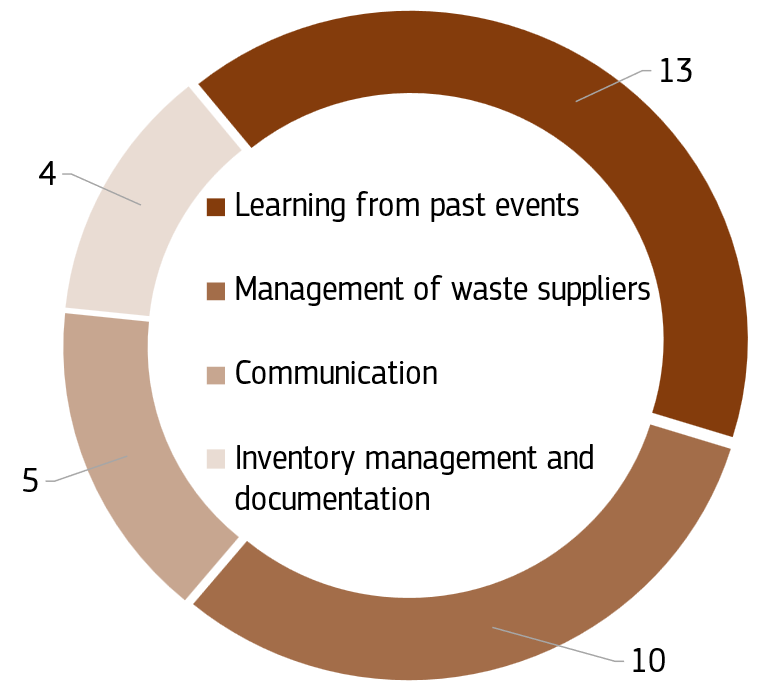
Figure7. Failures in organisational management (N=20)
|
In some cases (8 or 9%), poor housekeeping or corrosion issues acted as underlying factors indicating poor inspection and preventive maintenance procedures while in six events, storage conditions were inappropriate exposing waste to substandard conditions (i.e., temperature/humidity/weather) or excessive waste quantities were held under storage.
The study also identified several aggravating factors for some of the cases studied. These factors magnified the consequences of the events without modifying their nature. In the absence of this factor, the event would still have taken place. These were mostly related to:
- Low level of activity, related mostly to workforce shortages (15 cases or 18%)
- Inadequate detection and monitoring systems to alert and mitigate loss of containment sooner (nine cases or 11%)
- Limited firefighting availability in six cases
- Presence of excessive waste quantities in three cases
|
|

